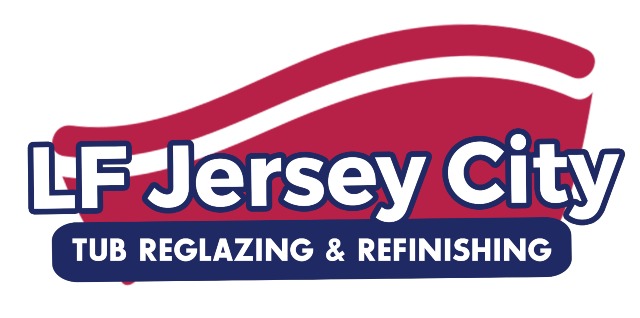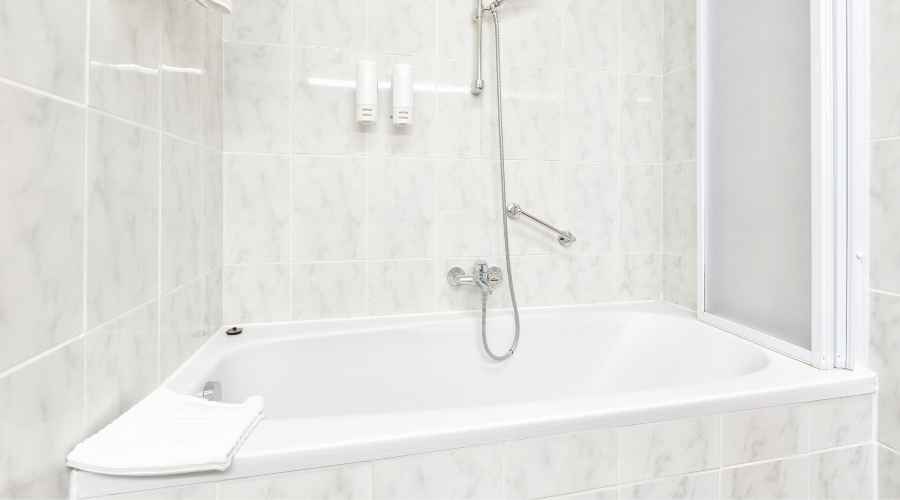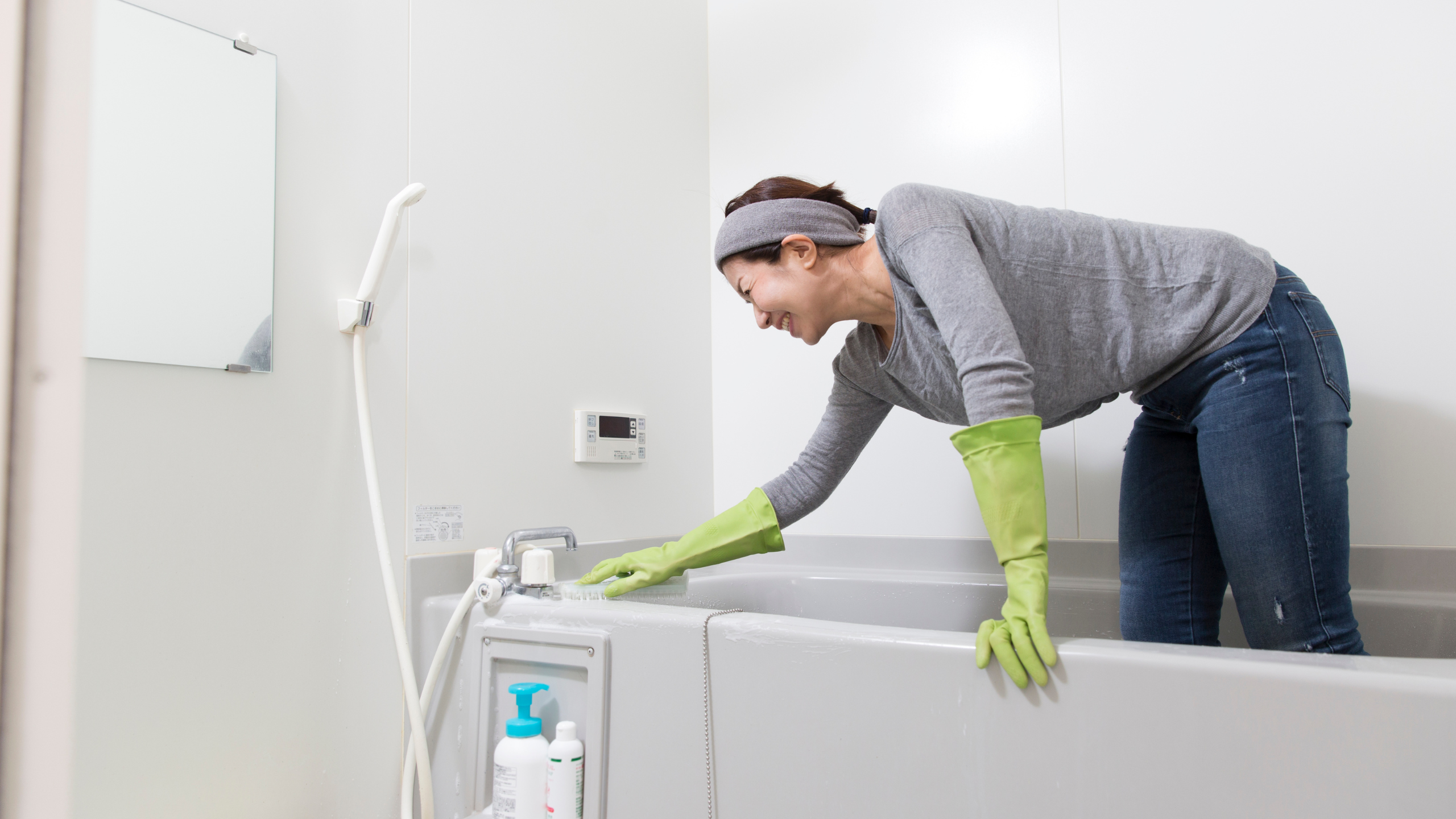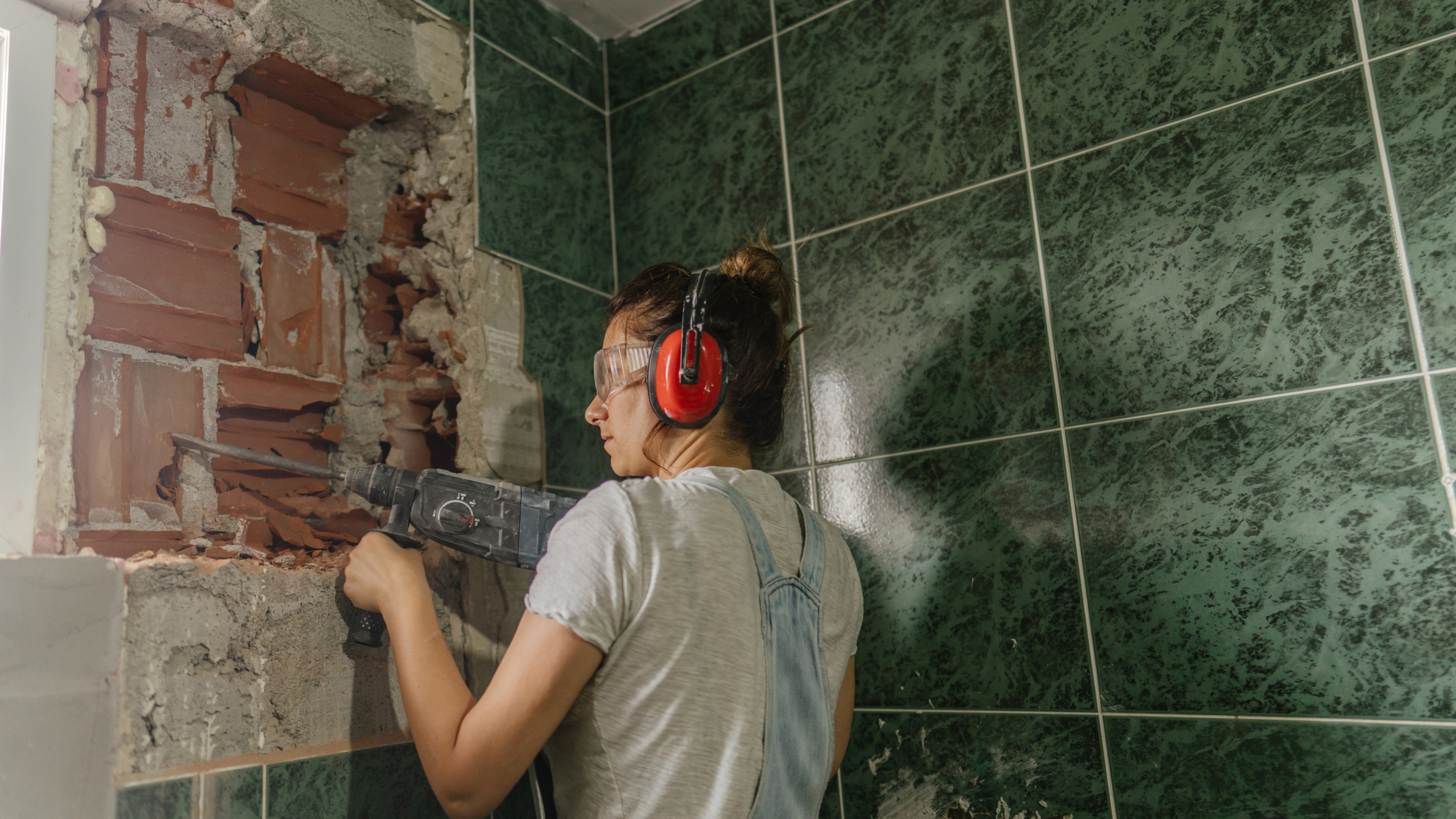There are numerous DIY articles and videos online if you search for them. Creators of such content mean well. In most cases, the steps look clear enough to follow if it is an article or pretty simple if it is a video since there is someone on the video doing it.
This may make you feel that you can do it too! But, it could lead to more damage to your bathtub if you attempt some of the stuff you find online. Refinishing your bathtub is something that you need a professional to do for you. Here is why:
1. Exposure to Hazardous Chemicals
Professionals understand the significance of having proper ventilation in the restroom as they are performing the bathtub refinishing task. The reglazing process can expose you to health risks posed by dangerous refinishing chemicals.
For example, methylene chloride in stripping agents is dangerous when inhaled. Exposure to at least 6 ounces of this chemical can lead to death. Methylene chloride has a sweet-smelling odor and clear liquid color. Resurfacing experts use it to strip coatings from the tubs to allow a new coat to stick well.
The use of this chemical in your bathroom is extremely hazardous, particularly since your bathroom may be an enclosed or small space with little or no aeration. Since methylene chloride is a volatile organic chemical that evaporates faster when poured, brushed, or sprayed, the compound vapors will quickly accumulate in small spaces.
Resurfacing professionals understand the risks of using such volatile compounds, hence evading products containing such chemicals. Experts also ensure there is good aeration while working in a bathroom using specialized equipment.
2. Compromised Bath Safety
A slippery bathtub is one of the indications of low-quality bathtub reglazing. You may opt for sketchy resurfacing to try and reduce expenses using low-quality products on your bathtub.
When you don’t invest in a durable and thick coat, you’ll end up with a dangerously slippery tub that may result in accidents when taking a bath. Besides, surfaces like these tend to flake, chip, or crack easily after a short period. This problem rarely occurs when you hire a well-trained refinishing expert!
3. Bubbles on the Surface
Properly refinished tubs are nearly difficult to distinguish from brand new bathtubs. But, not every task turns out perfectly. Not all tub refinishers are experts.
A common issue that arises from an incompetent refinisher’s work is the establishment of bubbles on the tub. The bubbles will appear when air gets trapped between the coating layers. This is because the coating may not be curing as expected. It may also occur when the incompetent refinisher resurfaced the tub without stripping the old coat on the tub.
As mentioned above, a competent refinisher knows that removing the old coat allows the new coat to stick properly. If not, it could result in bubbles on the tub’s surface.
To avoid this issue, ensure you reach out to a reglazing expert who can strip the old coat properly. Also, you’ll need to wait for at least one day before you can use the bathtub. This will allow the newly refinished coating to cure properly. During the 24 hours, ensure the tub doesn’t come into contact with water.
4. Rough Texture
A perfectly resurfaced tub should be smooth in texture. But, if your resurfaced tub feels rough in touch, it means that the refinishing was done without sanding or cleaning the tub’s surface.
The rough texture could also be a result of debris and dust that got trapped on the surface when it was curing. Besides, it is difficult to prevent dust from getting into your bathroom, so in some cases, dust may stick to the finish when it is curing.
Although it may seem a slight faultiness, it can make you feel uncomfortable when taking a bath, more so if the rough spots are in places that your skin comes in contact with when bathing. If you find it too uncomfortable, give a call to a bathtub resurfacing expert to smooth it out instantly.
5. Fading
Premature fading is another issue with low-quality resurfacing. This occurs when the ratio of materials used in the refinishing process is incorrect or the coating mixture is too thin. It can also occur when the refinisher uses abrasive cleaners.
You should choose a reputable refinishing firm that employs experts who understand how to correctly mix the right quantities of refinishing products.
6. Sticky or Tacky to the Touch
If your tub feels tacky or sticky, it is a sign that the coating has not cured as expected. This happens when the resurfacing materials are not properly mixed or when the coating reacts to a chemical or cleaning agent. Such issues are unlikely to arise when you hire a well-trained and experienced resurfacing professional.





